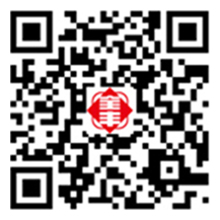[Plant protection technology] Key points of practical management technology for high-yield cultivation of spring flower
Time:2023-01-31 Follow:909

Land selection: When planting peanuts in paddy fields, we should implement paddy and dry rotation, and rice or gramineous crops can be selected as the first crop. Peanuts planted in dry land should rotate with melons and gramineae crops for 3 to 5 years, and avoid continuous cropping with solanaceae, legumes, sesame and other crops. Select sandy loam with flat and sunny plot, deep soil layer, convenient drainage and irrigation, clean water source and medium fertility.
Land preparation method: after the harvest of late rice in the first year, the paddy field shall be ploughed and bleached, with a depth of 20-30 cm, two plows and three rakes, and the border shall be leveled, and the three-level drainage and irrigation ditches shall be arranged. When preparing the land, it shall be made into a rough border of 1 meter covering the ditch. The dry land shall be irrigated for a short time before sowing to reduce the number of disease sources. In the middle and late days of March, clear up the border and sow seeds.
Seeding time: mid-late March.
Select good varieties: select high-quality processing varieties with strong disease resistance, moderate growth period, good adaptability and high yield.
Reasonable dense planting: appropriate dense planting to ensure the number of seedlings. The density planting specification is generally controlled at about 11000 holes per mu, with row spacing of 50 cm and hole spacing of 12 cm. Cover soil immediately after sowing.
Seeding amount: the sowing amount per mu is about 20 kg of dried fruit with shell, and 2 kernels are sown in holes.
Scientific fertilization: apply fertilizer by stages or one-time full-layer fertilization.
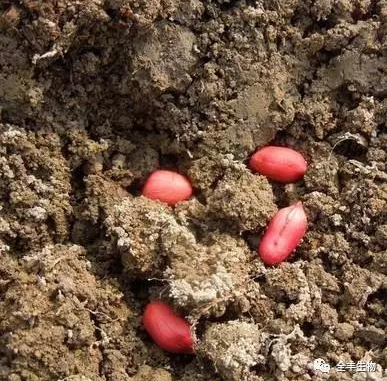
1. Fertilization by stages:
Base fertilizer: 40 kg of calcium, magnesium and phosphorus or 25 kg of compound fertilizer shall be applied per mu during the whole border.
The first topdressing: after the peanut seedlings are fully planted, combine with intertillage and weeding to apply 1kg of urea, 1kg of potassium sulfate, 15kg of superphosphate or 20kg of imported ternary compound fertilizer per mu
The second topdressing: this topdressing is aimed at the peanut field with only calcium, magnesium and phosphorus in the base fertilizer. The first topdressing will be carried out 10 to 15 days later, with 10 kg of urea, 8 kg of potassium sulfate or 25 kg of compound fertilizer per mu.
2. One-time full-layer fertilization: combined with the whole border, 50 kg of compound fertilizer with 15% N, P and K content per mu shall be sprayed.
3. Sprinkle lime: when blooming, apply 30~50 kg of hydrated lime per mu on a sunny evening. After sprinkling, gently sweep with bamboo slices to avoid lime residue on peanut leaves.
4. Topdressing outside the root: from the flowering stage, it should be carried out every 10 days, a total of 2-3 times.
The first time: 1OOg of potassium dihydrogen phosphate, 1OOg of borax, 20g of ammonium molybdate and 60kg of water were sprayed per mu.
The second time: 1OOg of potassium dihydrogen phosphate, 1OOg of borax and 60kg of water were sprayed per mu.
The third time: 150 grams of potassium dihydrogen phosphate and 50 kilograms of water were sprayed per mu. If it is found that the color of peanut leaves is seriously faded, add 0.25~0.5 kg of urea to fully dissolve and spray.
■ ■ ■
Chemical weeding: within 3 days after planting in spring, select specific and effective herbicides for different weeds and evenly spray them on the border surface, border ditch and ridge. If the border surface is too dry, water it first and then spray it.
Chemical regulation: In the early stage of peanut flowering, needle setting and pod setting, the use of special products such as "peanut dwarf tiger" and "peanut beans" produced by Anyang Quanfeng Biotechnology Co., Ltd. per mu can effectively promote the transfer of nutrients to the root, transform the nutrient growth into reproductive growth, make the peanut kernel plump, improve the yield rate, and achieve the goal of peanut yield increase.
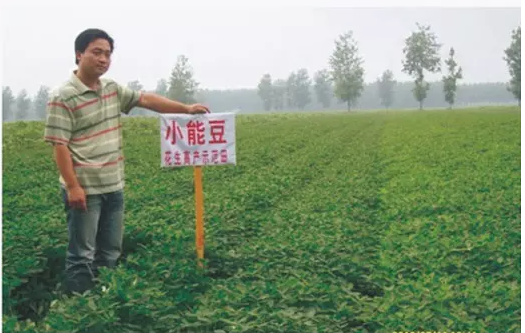
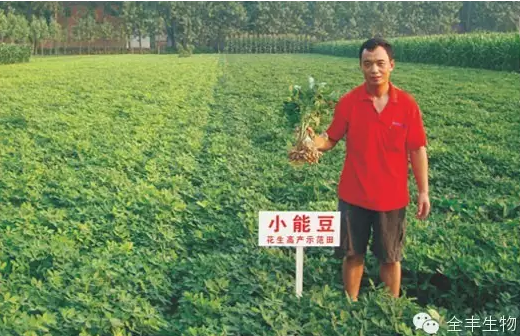
Scientific water management: spring flowering plants generally do not irrigate during the growth period. In case of drought, they should be irrigated in time. In case of drought in the later period, they should be irrigated before 10:00 am. During irrigation, the water should be irrigated to 1/2 or 2/3 of the border height, so that the soil can absorb water by itself, and the water should be drained immediately when the border surface is slightly wet.
Timely harvest: the peanut plant in the field stops growing, the leaves turn yellow, the base leaves basically fall off, the pods are mostly full, the pod shell reticulation is obvious, the inner wall of the pod shell turns brown, and the seed coat presents the original color of the variety (such as pink), which can be harvested at this time. If it is used as raw material for processing salted and crisp peanuts in production, it can be harvested about 5 days earlier to ensure the quality of processed products.

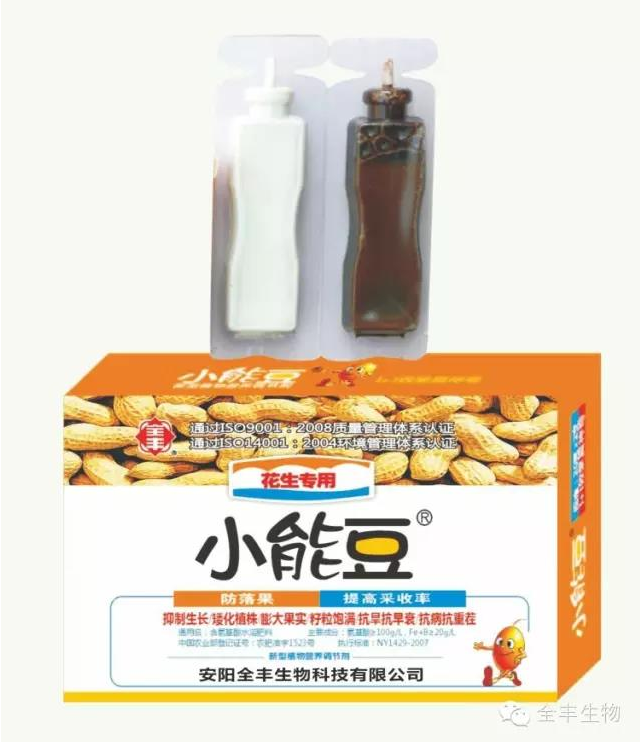
(Part of the article is from the Internet and is only for learning and exchange)
remarks:
Due to the differences in soil, water and fertilizer conditions and other natural environments, please choose scientific use methods for specific crops. In addition, the majority of agricultural growers should use any pesticide according to the label description and under the guidance of local agricultural technology extension personnel.


